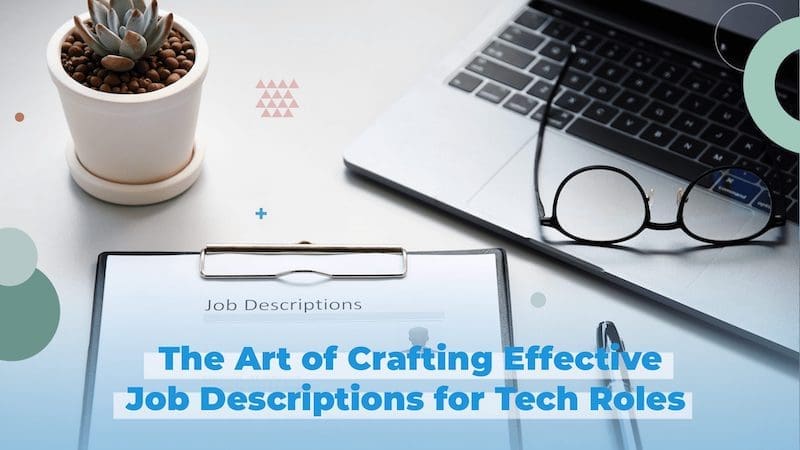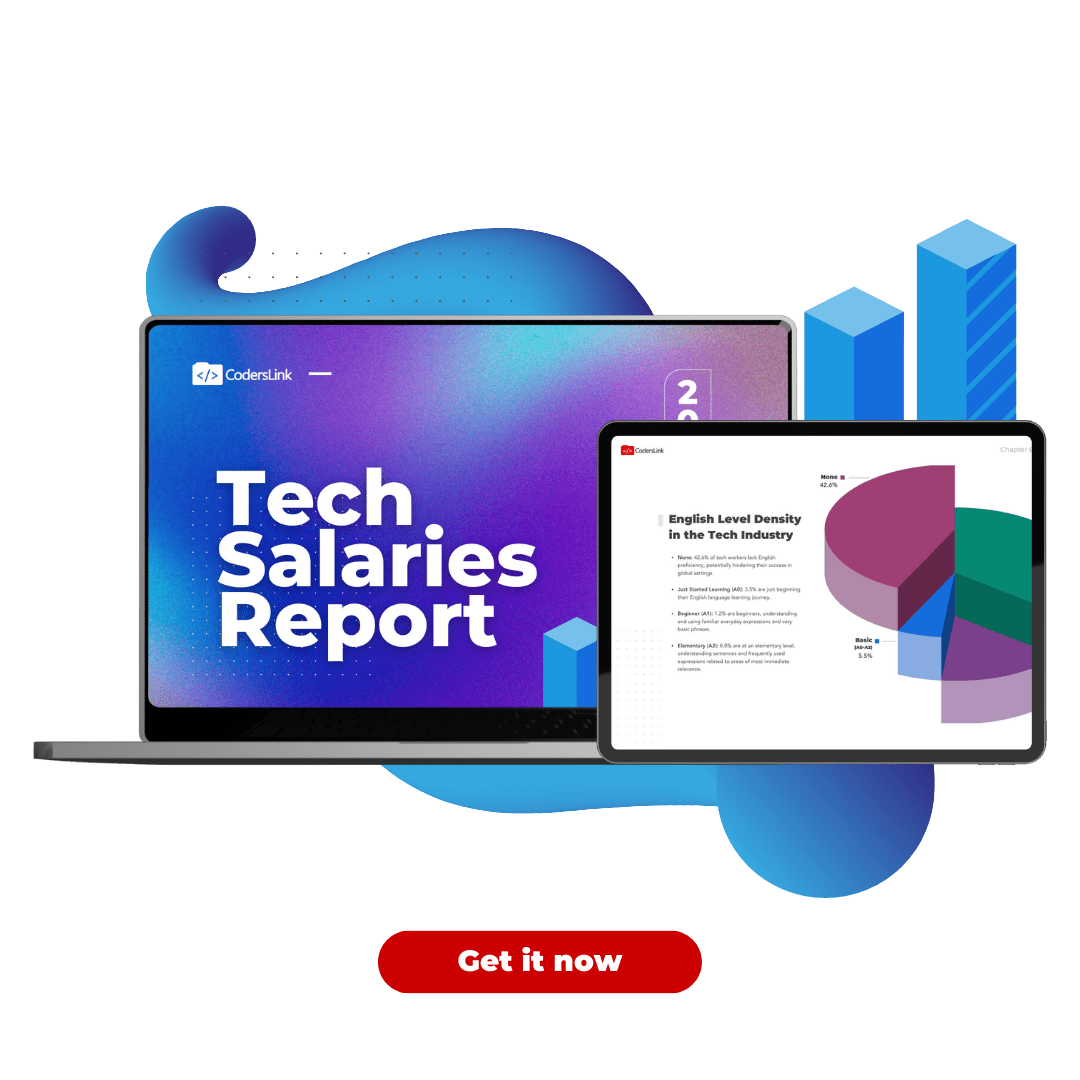
Despite the discussion about tech layoffs, many companies are still on the hunt for tech talent—albeit perhaps in more conservative numbers. Employers need to be smart about hiring remote developers, even with a saturated talent pool. So, when out on the hunt for a great candidate, companies should be ready to snatch up talent that fills their role and supports the trajectory and stability of their company in these uncertain times.
Tech is a unique industry. Finding the right candidate takes digging. especially if the talent pool is limited, saturated, or in flux. This is partly because when hiring for tech roles there is often the need for very specialized skill sets, backgrounds, or proficiency in certain technologies or tech stacks. It is also due to an industry that demands quick innovation, collaboration, and fast-paced change.
The Changing Hiring Landscape
In light of the recent tech layoffs in large tech companies, smaller, mid-size, or traditional organizations have an opportunity to snatch up talent that’s suddenly back in play. This reshuffling might just be an opportunity for companies to seize talent that will help them through the storm and achieve necessary digital transformation.
The job description is the launching pad for the candidate search. So, here’s what we’ve learned about writing effective job descriptions for tech roles.
It is both an art and a science. When we consider the state of the job market (highly competitive) and the low supply of talent (at least for now), a job description is the initial handshake and first impression, but it also serves a very direct critical function.
In different labor markets like Mexico or Latin America, the job description takes on an additional level of importance because one must account for some translation, cultural differences, or variations on job titles and names.
Download a sample job description template for full stack developers!
The Essential Components of a Good Job Description
#1 The Pitch— Job Summary
You have to sell your project to the candidate, especially during times when the talent market is highly competitive and candidates have other offers or opportunities. You want a candidate that is intrigued by the proposition. The introduction and summary section is an opportunity to be very clear about who your company is, what your mission is, and where the job role fits in the bigger picture.
The job description is the preface/introduction. It sets the tone. This section should be concise, but don’t hold back on expressing something that you find truly defining or valuable about your company. Let the company culture shine through. Details about the company story, vision, or expressed values can hook a worthy candidate’s attention.
For example, if your company has a philosophy that drives you forward or a mission statement that you return to again and again, it can find a place in this section. Include snippets or central ideas of your company vision—i.e. Where you are going and why you are headed there.
#2 A Clear Picture of the Day-to-Day — Roles and Responsibilities
In other words, the roles and responsibilities. This is a standard component but one that is often underestimated or hurriedly compiled because it seems rather obvious. Precision is paramount here because it paints a picture of what the daily tasks will look like.
For example, don’t say, “Work on consumer-facing web applications.” Instead, consider what this role entails on a more consistent basis. Think verbs. Think day-to-day. Break up the role into its corresponding responsibilities and state, “develop, maintain, and scale consumer-facing web applications.”
The goal is to provide as much dimension to the position so that a candidate gets a view of what their days will look like. Tech talent is very interested in what their daily tasks entail and will turn down jobs that sound monotonous, linear, or unclear.
#3 Must Haves and Nice to Haves — Expectations and Vision
This section focuses on the job requirements. There are the skills or qualities that are not up for debate and those that are. Nailing these down with some precision will save you time down the line. Give yourself some wiggle room for negotiation here. You may find that a candidate with less of the must-haves and more of the nice to haves may be a winner.
If you’re looking for a certain level of experience, be clear and direct about it. Instead of saying, “experience with ReactJS, HTML5, etc” consider the specific level of experience you are looking for. This might be “Candidates must have 5+ years of experience with JavaScript.”
In Mexico, for example, seniority levels are measured differently. So, saying an intermediate software developer might have a different meaning in a different labor market.
The nice-to-haves are added skillsets or experiences that will enhance a candidate’s integration into a role. They are also beneficial for you as you envision the long-term revolution of the position and foresee certain skill sets that might be needed in the future. If it is not required for a candidate to know GoLang, but you envision the position will require it, this might be considered a nice to have. Perhaps knowledge of Python might be considered a nice to have as well, as it can make learning GoLang easier.
Don’t Forget the Soft Skills — Define Your Candidate Expectations
The soft skills go hand-in-hand with your expectations of the job role. Remote software developers and engineers do not work in isolation. In today’s world, software developers, engineers, and designers, have collaborative responsibilities or are part of bigger teams. This interaction requires skills that go beyond technical expertise.
When hiring remote developers in a different market looking for professionals that have a sense of working in remote teams and possess the skills that such a position requires is of paramount importance. So adding a section where you detail where they will fit into the team and some of the soft skills required for that can also be beneficial.
Learn more about hiring in the Mexico IT industry with our tech salaries report.
The Different Job Description Approaches and Styles
Your job description can make an impression, but they also serve an essential and functional purpose. A well-written job description can weed out unfit, unwilling, and unmatched candidates.
How you approach it also depends on how open you are to a diverse pool of candidates or how compromising you want to be with certain qualifications. Perhaps the role is still a little open-ended or perhaps you are looking for a very very specific set of skill sets. You can think of job descriptions as falling into two categories:
#1 The inspirational be-part-of-our-story descriptions
These are descriptions that include details about the company story and how the company vision feeds into everything they do. They use descriptive language, talk about values and beliefs, and might even mention their company vision outright. These job descriptions include phrases such as, “We believe that collaboration and communication are the foundation for innovation.”
These descriptions use the introduction section to give candidates a sense of who this company is, who is running it, and what the underlying values of the company are. For many candidates, this information feeds into their understanding of who they are applying with.
#2 The straight to the point descriptions
On the other side of the spectrum, many companies keep it pretty cut and dry. This approach has its own advantages too, as some prefer the clarity and straightforwardness in which things are listed. Some companies provide a straightforward explanation of their project and what their company is working on. For example, “Our company is a no code data science platform.”
This leaves out the inspiration parts about vision company culture and gives the candidate a crisp and clear description of what they are looking for.
Which one works better? In our experience candidates like clarity but they also like to think big and consider the bigger picture.
The Changing Needs of the Tech Industry
According to McKinsey, some of the most sought-after tech skills include DevOps, platforms and products, Automation and AI, customer experience, cybersecurity and privacy, data management, and cloud architecture. This rings true. There’s a lot of demand for those roles. From our view, companies are actively searching for principal software engineers (C++, UI, Node, GoLang, etc).
As with anything else in tech, however, these needs fluctuate and change so you want to look for talent that adapts to new challenges.
The hiring landscape might be changing, but the need for talent is still very much prevalent. And while hiring may slow down and this may just be the auto-correction of the covid whirlwinds, small and mid-size companies still need great talent to keep them going and maintain the forward movement of innovation.
Ready to hire? Let our team find the right fit for your tech role. Connect with us today.


